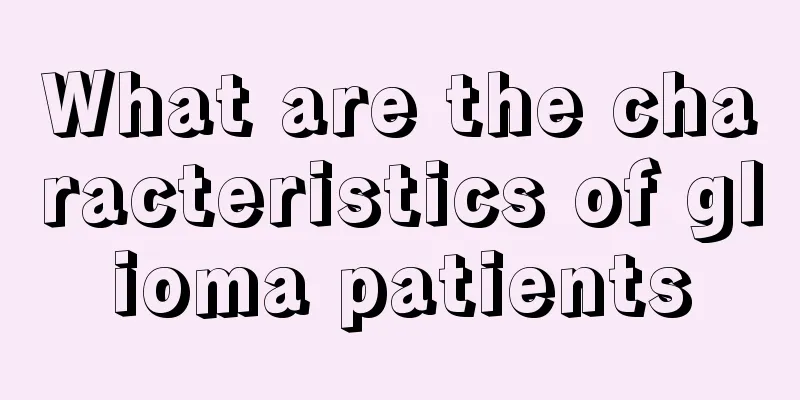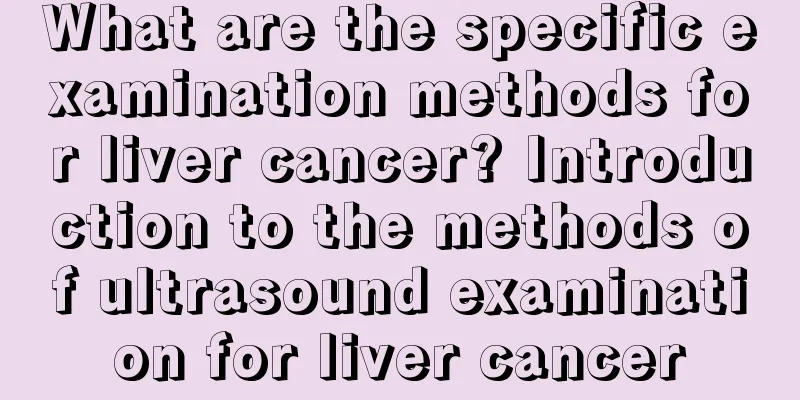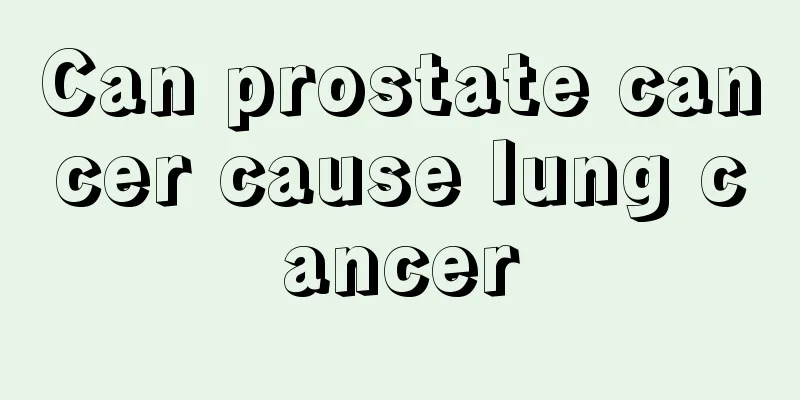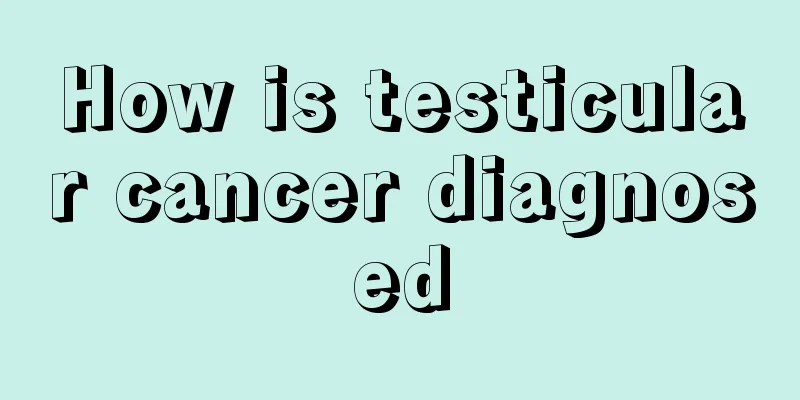What are the characteristics of glioma patients

|
As we all know, once we have glioma, our life and work will be affected, which will also make us depressed and discouraged. If this disease is not taken seriously, it will even threaten our life safety. So what are the characteristics of the so-called glioma patients when they suffer from the disease? About 1/3 of patients have epilepsy as the first symptom. About 60% of patients develop epilepsy. The affected limbs have ataxia, clumsy movements, unstable holding, low muscle tone and tendon reflexes, etc. The lesion may cause mild paralysis of the contralateral limbs, sensory impairment and spontaneous pain in one half of the body, ataxia and choreiform movements of the affected limbs, and may also manifest as mental disorders, endocrine disorders, homonymous hemianopsia on the healthy side, upward vision impairment and hearing impairment, etc. Visual impairment and abnormal eye position. Eye movement disorders, limited eye abduction, involvement of the facial nerve and trigeminal nerve, swallowing disorders and changes in vital signs. The tumor is highly malignant and grows quickly, with a short course of disease. Most cases are within 3 months from the onset of symptoms to medical treatment. Symptoms of high intracranial pressure are obvious. 33% of patients have epileptic seizures, and 20% of patients show mental symptoms such as apathy, dementia, and intellectual impairment. (Patients) may have varying degrees of hemiplegia, hemisensory disorders, aphasia, and hemianopsia. Epilepsy is often the first symptom, and mental symptoms are mainly emotional abnormalities and dementia. Invasion of motor and sensory areas can produce hemiplegia, hemisensory disorders, and aphasia. Symptoms of high intracranial pressure appear later. General symptoms include increased intracranial pressure, headache, vomiting, papilledema, changes in visual field, epilepsy, diplopia, cranial enlargement (in childhood), and changes in vital signs. Severe paroxysmal headaches may be accompanied by sudden loss of consciousness, mental disorders, memory loss, etc. The tumor grows rapidly and the symptoms of high intracranial pressure are obvious Diplopia, facial paralysis, enlarged head (in children), choking cough, etc. Symptoms of brainstem compression (vomiting, choking, dysphagia, hoarseness, dyspnea), cerebellar symptoms (unsteady gait, nystagmus, etc.), hemiplegia, and ocular movement disorders. |
<<: Can early tongue cancer be cured?
>>: What are the conditions for glioma
Recommend
Cost of esophageal cancer surgery in Fuxin City
How much does it cost to treat esophageal cancer?...
Is it okay for men not to wear underwear?
Different people have different opinions on the i...
Recurring pain during radiotherapy for bone cancer
There are many symptoms of bone cancer. Pain is o...
The reason why there are small lumps of flesh on the neck is so scary
Friends, have you noticed that you have grown a l...
Will eating red bean and barley porridge make you darker?
Red beans and coix seeds have good effects on the...
The efficacy and function of albumin injection
Albumin in our body is the main source of our nut...
What to do with low self-esteem
Feeling that one's career is not as successfu...
Is secondary liver cancer always in the late stage?
Is secondary liver cancer necessarily in the late...
Which acupuncture point is better for diarrhea massage
Many friends will suffer from diarrhea in their l...
My left kidney is aching slightly
We all know that a normal human body has two kidn...
Total bilirubin 40
Total bilirubin is mainly composed of direct bili...
What is the reason for frequent eye mucus
Many people are troubled and embarrassed by frequ...
Let me introduce to you the biological immunotherapy method of melanoma
Many people must have heard of melanoma, but how ...
Effects of Poria cocos, red bean and barley soup
Many people know that coix seed has the effect of...
Physiological floaters
There are many types of common diseases, and we n...









